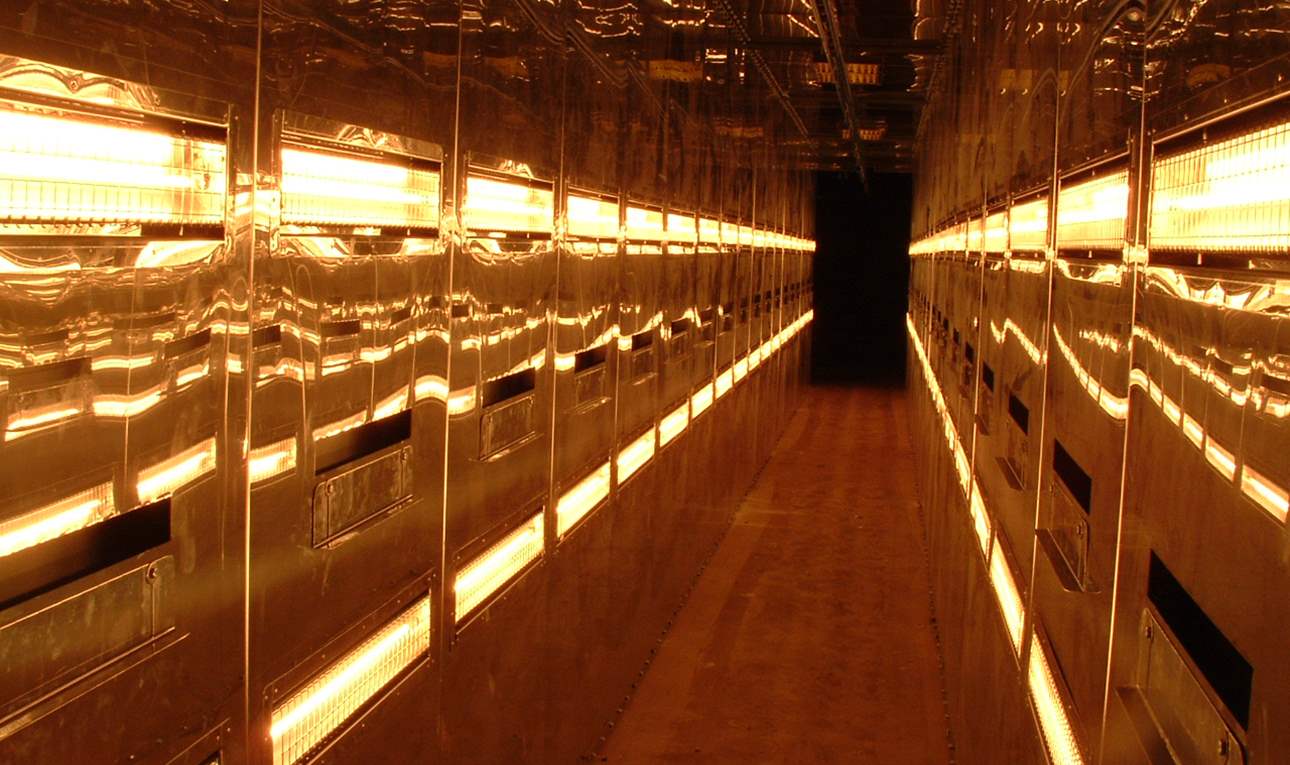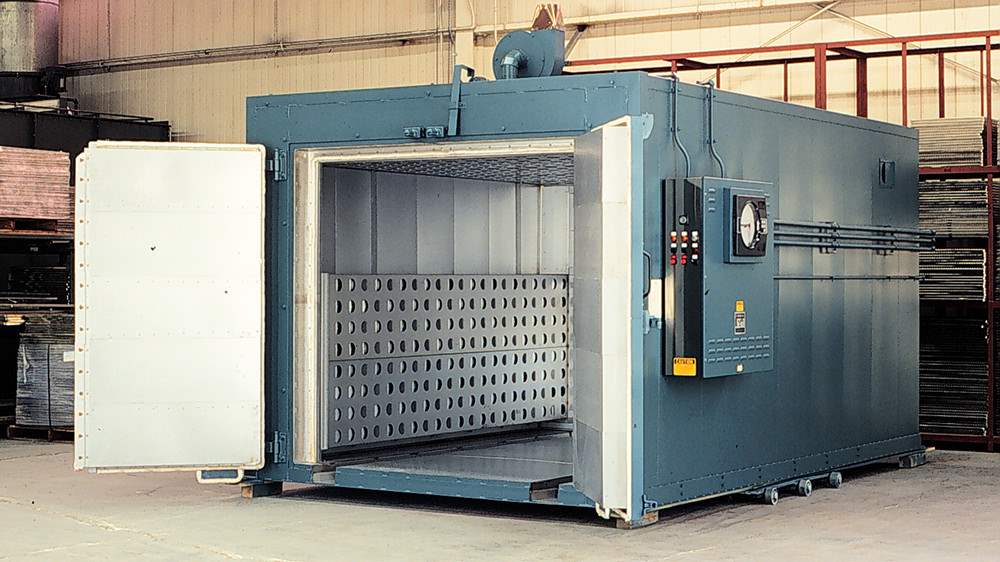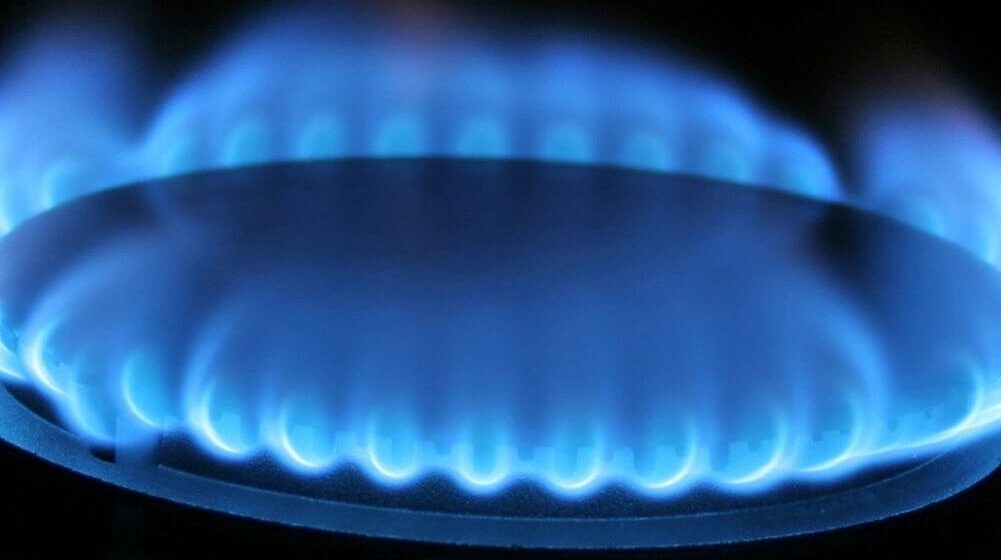Industrial ovens are used to cure coatings, condition metals, and treat parts using high temperatures. Most ovens fall under one of two categories – batch or continuous.
Batch ovens treat large quantities of products at one time and come in sizes ranging from a few cubic feet to several cubic meters. They are manufactured in benchtop versions for smaller products and walk in versions for large scale production. They are generally heated by direct or indirect electrical elements or burners.
Continuous ovens, also known as conveyor ovens are part of a mass production system that are continuously fed products. They are designed to fit into a specific manufacturing process that includes a conveyor system. Continuous ovens are used for a variety of purposes including drying, curing, bonding, forming, and more. They may have multiple heating and/or cooling zones.
What Are The Different Types Of Industrial Ovens?
Industrial ovens come in endless varieties and new ones are constantly being designed to meet specific needs. However, below are the most widely manufactured and used industrial ovens.
Curing ovens, also known as baking ovens are used to remove moisture, release gases that are trapped, and get rid of volatile compounds from coatings on finished products. Curing ovens have numerous applications. They are used in the powder coating process to create a chemical reaction making the powder adhere to the surface. These ovens cure painted parts by speeding up the removal of moisture leaving behind a flawless finish. Other uses for curing or baking ovens include hardening rubber, plastics, and metal parts. Industrial curing ovens are manufactured with steel insulated panels and are powered by various methods, such as electricity, UV rays, hot oil, steam, or natural gas. Most curing ovens can reach temperatures of 800° F.
Drying ovens are used to remove moisture through natural or forced convection. They are designed to provide exceptional heat distribution and drying. Drying ovens have a wide variety of uses, including drying of coatings, adhesives, and removing moisture during the manufacturing process. Other industrial applications include incubation, sterilization, evaporation and more.
Tunnel ovens are configured as open-ended chambers connected with a belt that has a baking platform. Temperature control sensors regulate the temperature in the baking zones. Heating elements in the chambers are generally positioned above and below the platform for even heating. Tunnel ovens operate on a continuous cycle with little downtime between batches. These ovens are either direct gas or indirect gas fired.
Vacuum ovens are most often used for delicate drying processes for items that require lower drying temperatures and greater control of the treatment process. They work by controlling the atmospheric pressure in the heating chamber. A standard vacuum oven operates at lower pressures and temperatures; they do not go higher than 482°F. These parameters prevent oxidation and control surface reactions, which is ideal for sensitive materials.
Powering Methods For Industrial Ovens
Many options are available for powering an industrial oven. Below is a description of the most common methods.
Direct Gas Ovens
Gas powered industrial ovens use natural or propane gas as fuel. They are able to heat up quickly and maintain temperatures longer than electric or infrared ovens, making them efficient when it comes to operating costs. They are often used for curing coatings on metal, as well as in the manufacturing of automotive parts. Gas ovens cost more up front, but are less expensive in their lifetime due to lower operating costs.
Industrial Electric Ovens
Electrically powered industrial ovens obviously use electricity. They too are able to heat up quickly, but also boast of offering precise control of temperature. These ovens are most often utilized when materials may discolor when gas is used as a fuel source.
Infrared Industrial Ovens
Infrared powered industrial ovens use electromagnetic radiation for heat. This high intensity lighting provides precise and consistent heating while minimizing energy usage. These reliable ovens are most often used for coating and curing processes.
Microwave Industrial Ovens
Microwave powered industrial ovens use high frequency heating for a fast, efficient fuel. With microwave heating, processing times can be reduced in some cases by as much as 50%, and energy consumption by up to 70%. This method is good for difficult to heat treat nonmetallic or non-conducting materials due to shorter heating and cooling times.
Production Systems is here to help you analyze the options available for industrial ovens. We offer many different types and will help your company incorporate the best possible solution for the needs of your products and processes. Contact us today to begin a conversation.




